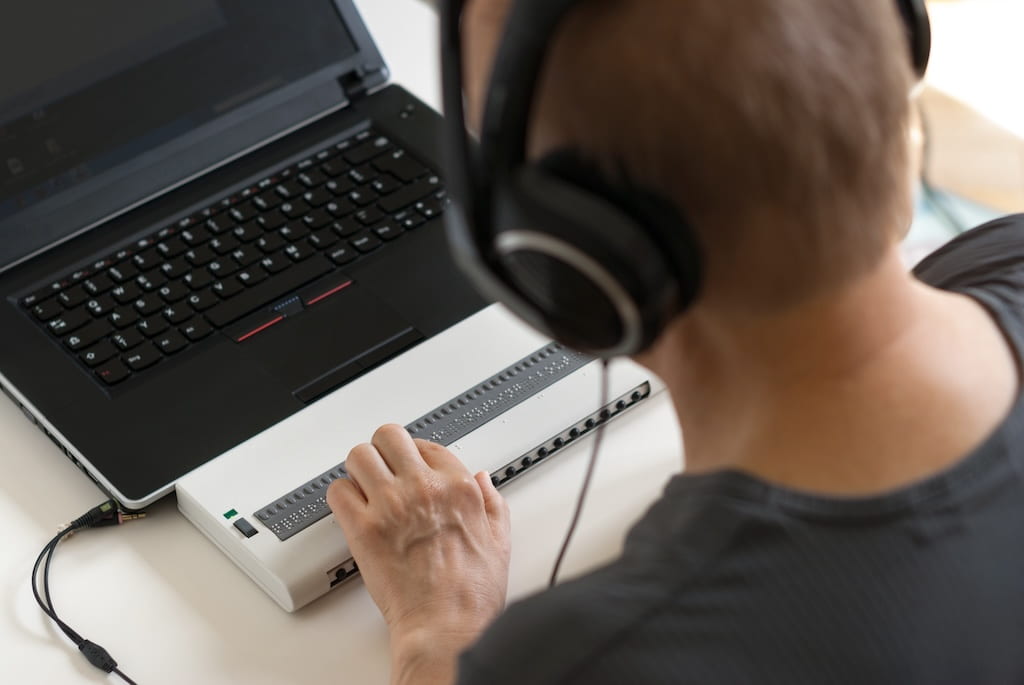
Current digital learning solutions incorporate accessibility guidelines. “In the federal government, accessibility means that agencies must give disabled employees and members of the public access to information comparable to the access available to others” (Digital.gov). From a web design perspective, which goes hand in hand with digital learning design, Web Content Accessibility Guidelines (WCAG) 2.1 help eLearning professionals to create digital learning that’s more accessible to a wider range of people with disabilities. The application of these guidelines makes digital materials more usable to learners in general.
| Resource | Description |
| How to Make Images Accessible | Accessibility and Usability at Penn State’s website with practical guidelines on and tools for accessible images. |
| Web Content Accessibility Guidelines (WCAG) 2 | WCAG 2.1 defines how to make web content more accessible to people with disabilities. |
| WashU Digital Accessibility | WashU Digital Accessibility’s website, which includes WashU policies on accessible electronic and information technology. |
| WebAIM (Web Accessibility in Mind) | WebAIM’s website with practical guidelines on and tools for web accessibility. The WebAIM’s team is part of the Institute for Disability Research, Policy, and Practice at Utah State University. |
| WebAIM’s WCAG 2 Checklist | Webpage with a checklist, also available as a PDF, that presents WebAIM’s recommendations for implementing the most common accessibility principles and techniques for those seeking WCAG conformance. |
| WashU Web Accessibility User Group | WashU Web Accessibility User Group’s website. |